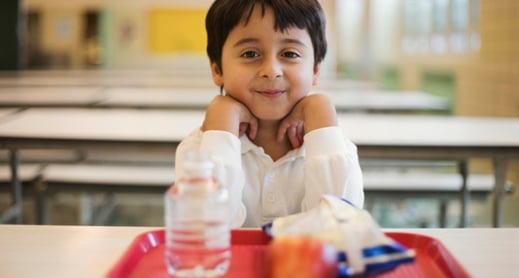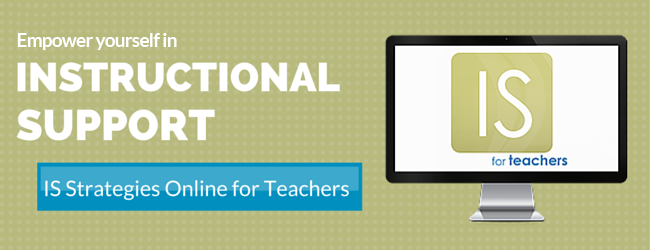
In preschool programs, meals can take place in the classroom or in the cafeteria. The CLASS Manual tells us that meal times are perfectly acceptable times to observe. But, does this hold true across settings? Are meal times in the cafeteria just as observable as meal times in the classroom?
Here are two perspectives to consider:
While meal times in the classroom are a prime time for relationship building, student responsibility, and conversations, the noisy, crowded environment of the cafeteria is not inherently conducive to effective interactions. Because of this, it’s possible that CLASS scores may be lower during meal times in the cafeteria, which can be particularly frustrating to programs and teachers who don’t have a choice about where meals take place.
On the other hand, organizations who are using the CLASS to observe classrooms are interested in capturing a complete picture of what the children in those classrooms are experiencing on a typical day, which includes meal times. In addition, picking and choosing times to observe based on when interactions are known to be more or less effective could compromise the integrity of the data collected.
Each of these perspectives makes sense and presents valid concerns. Let’s think through what can be done to alleviate these concerns.
As observers, we want to be sure that we’re using the CLASS tool in a valid and fair way because we know that decisions about funding and professional development are at stake.
Observers, if you observe during these times, make sure to position yourself close enough to the class to hear their interactions. You will not be able to observe if you can’t hear well enough to accurately assess the interactions taking place. You might also consider noting that the observation was conducted in the cafeteria as opposed to the classroom to give whomever will be reviewing and making decisions based on the data some context.
As teachers, we want to maximize effective interactions throughout the day, during all types of activities, because we know that child outcomes depend on it.
Teachers, consider how you can implement quality interactions in the cafeteria. Here are some suggestions for addressing common challenges the cafeteria might present.
|
Challenge |
Solution |
|
It’s too loud in the cafeteria to have conversations with the children, much less promote cognitive and language skills. |
Move around the table, talking to a couple children at a time and encourage peer conversations. Throughout the conversations, look for opportunities to ask higher-order thinking questions, make connections, and provide feedback that deepens understanding. |
|
Opportunities for child responsibility that come along with family-style meals in the classroom (i.e., passing, scooping, and pouring food) are absent in the cafeteria. |
Consider other ways to promote child autonomy and leadership, such as encouraging a child to open his own milk carton, take his tray to the trashcan when he’s finished, or get napkins and utensils for the whole table. |
|
It’s easy to miss children’s needs and cues because it’s so chaotic in the cafeteria. |
Actively monitor for needs and cues and move around checking in with children to see how they’re doing.
|
|
The chaotic environment of the cafeteria also tends to lead to misbehavior. |
Be sure to set up expectations for how to behave in the cafeteria beforehand, call attention to good behavior, and quickly and subtly redirect misbehavior when needed.
|

